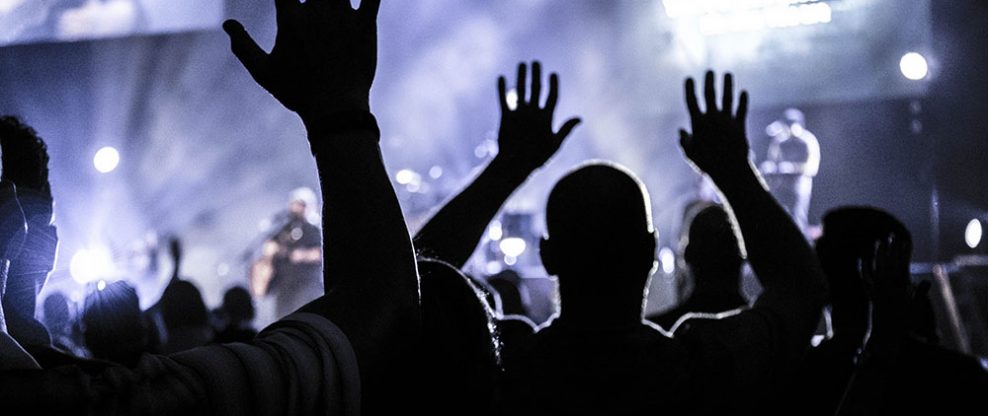(Hypebot) — Marissa Smith, head of the Virtual Appearance group at talent agency WME, embraced online engagement opportunities for fans and artists during the pandemic. Now she thinks in-person and virtual events can continue to work hand in hand.
A guest post by Erica Campbell of SpotifyForArtists.
Though online concerts have been the most viable option for live music during much of the pandemic, some artists were reluctant to ever try virtual experiences, seeing them as merely a stand-in for the real thing. Now that touring is beginning to return in some places and with precautions, Marissa Smith, music agent and head of WME’s virtual appearance group, hopes artists see virtual experiences as an added advantage they can take part in – not just a replacement for in-person events.
“It’s important for artists to remember that live streaming is not there to replace touring or the feeling of performing in front of thousands of people,” she says. “Perhaps if they think of it as another outlet to show their creativity, that might help.”
Featured on our Co.Lab Sessions podcast to talk about her experience creating virtual meet-and-greets and engaging online performances for artists, Smith discussed not only how online experiences were an opportunity for added revenue, but how they can fit into the mix of traditional live music. “Virtual shows never did and never will replace the live show,” Smith reiterates. “That’s never what they were intending to do. It’s a different experience.”
Fan Engagement Is Key
“I would suggest, for developing artists, that pricing virtual experiences either free or for $5 has seen the most success for fan turnout and development,” she says. She also shares that the most important factor isn’t how big an artist is, but how they interact with fans. Because success “really depends on how socially engaged your artist is.” For Smith, that focus on fans is what sets those artists apart.
“I think there’s no golden calculator out there for how many tickets an artist is going to sell. We have that predicament with our A-level stadium acts and our acts that just blew up on [social media] – not knowing exactly how many tickets will sell,” she says. “Overall, what we’ve seen is those artists that are very, very engaged digitally are those that are selling the most tickets for these virtual experiences.”
Start Slow and Take Time to Learn
For artists who aren’t tech-savvy, the idea of incorporating online events may seem daunting. However, Smith suggests artists move at a pace that allows them to learn gradually. “If an artist is overwhelmed at the prospect of doing anything in the virtual space, I’d recommend they start slow,” she shares. Smith also suggests taking advantage of companies that will give tutorials on their products. “Take some time to learn about the technology. All of these platforms are willing to do tech walkthroughs and have question and answer sessions, answer as many questions as you’d like,” she says. In Smith’s experience, a test run might be the best move forward for artists before they fully incorporate virtual experiences. “Maybe they can try doing one meet-and-greet session for 20 people, see how that feels,” Smith shares, adding, “then go from there.”
Virtual Won’t Replace the Live Experience
“One challenge I’ve witnessed a lot of artists and managers and agents having is concern about doing a virtual show, because they don’t want to lose tickets to the in-person event,” Smith shares, acknowledging that across the board the industry has been reluctant to accept online events. But she says the online event is for a specific fan – one who will miss out on the in-person event. “The virtual show being filmed at an in-person event is for the fan that can’t make it. The show is sold out, the fan isn’t comfortable going, or they just want to see it again.”
Smith shares that the best way forward – if artists are afraid of losing revenue – may be to record their shows and then play them later, as opposed to streaming in real time. “I see the hesitance in showing a live stream during the tour perhaps if the rest of the run isn’t sold out. But to record a show, then air it after as live, feels like a win to me.”
Smith also shares that this is just the start of what’s possible for artists when it comes to implementing virtual experiences. “As we think about incorporating things moving forward, I’d want to bring up [virtual reality, augmented reality, and extended reality],” she says. “I think it’s just the beginning for those worlds, but if you’re not paying attention, you’re going to be behind.”
To hear more from Marissa Smith, listen to her episode of our Co.Lab Sessions podcast below, and click here to browse more episodes from the series.





























